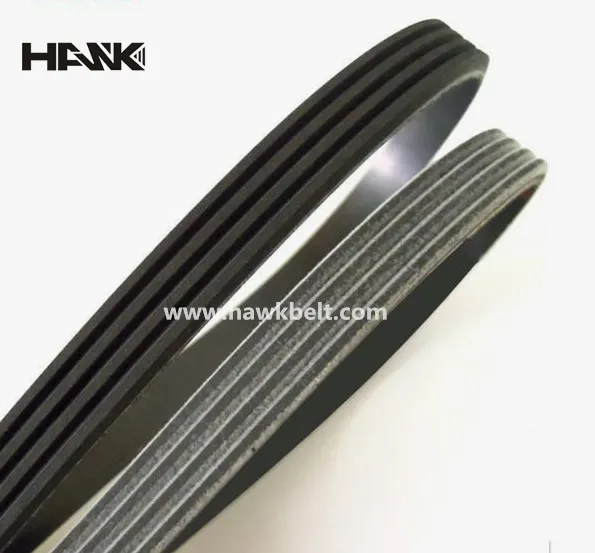- Arabic
- French
- Russian
- Spanish
- Portuguese
- Turkish
- Armenian
- English
- Albanian
- Amharic
- Azerbaijani
- Basque
- Belarusian
- Bengali
- Bosnian
- Bulgarian
- Catalan
- Cebuano
- Corsican
- Croatian
- Czech
- Danish
- Dutch
- Afrikaans
- Esperanto
- Estonian
- Finnish
- Frisian
- Galician
- Georgian
- German
- Greek
- Gujarati
- Haitian Creole
- hausa
- hawaiian
- Hebrew
- Hindi
- Miao
- Hungarian
- Icelandic
- igbo
- Indonesian
- irish
- Italian
- Japanese
- Javanese
- Kannada
- kazakh
- Khmer
- Rwandese
- Korean
- Kurdish
- Kyrgyz
- Lao
- Latin
- Latvian
- Lithuanian
- Luxembourgish
- Macedonian
- Malgashi
- Malay
- Malayalam
- Maltese
- Maori
- Marathi
- Mongolian
- Myanmar
- Nepali
- Norwegian
- Norwegian
- Occitan
- Pashto
- Persian
- Polish
- Punjabi
- Romanian
- Samoan
- Scottish Gaelic
- Serbian
- Sesotho
- Shona
- Sindhi
- Sinhala
- Slovak
- Slovenian
- Somali
- Sundanese
- Swahili
- Swedish
- Tagalog
- Tajik
- Tamil
- Tatar
- Telugu
- Thai
- Turkmen
- Ukrainian
- Urdu
- Uighur
- Uzbek
- Vietnamese
- Welsh
- Bantu
- Yiddish
- Yoruba
- Zulu
Dec . 11, 2024 10:39 Back to list
Understanding the Function and Importance of Engine Belts in Automobiles
Understanding the Engine Belt in Cars Importance and Functionality
The engine is often considered the heart of a car, meticulously designed to convert fuel into motion. However, this complex system relies heavily on a less celebrated component known as the engine belt. In this article, we will explore the function, types, maintenance, and overall importance of the engine belt in vehicles.
What is an Engine Belt?
An engine belt is a vital component of a car's engine system, designed to transfer power between various engine components. These belts play a critical role in connecting the engine's crankshaft to essential devices such as the alternator, water pump, power steering pump, and air conditioning compressor. By doing so, engine belts ensure that these components operate efficiently and effectively, allowing the vehicle to run smoothly.
Types of Engine Belts
Generally, there are three primary types of engine belts the timing belt, the serpentine belt, and the V-belt.
1. Timing Belt This is perhaps the most critical of all the engine belts. It precisely synchronizes the crankshaft and camshaft movements, ensuring that the engine's valves open and close at the correct times during each cylinder's intake and exhaust strokes. Timing belts are typically made of a durable rubber material and may have teeth that grip onto the pulleys, providing a seamless connection. If a timing belt fails, it can lead to severe engine damage, often resulting in costly repairs.
2. Serpentine Belt Unlike the timing belt, the serpentine belt serves multiple functions, driving multiple accessories from the engine’s crankshaft. It wraps around several pulleys and is responsible for powering components like the alternator, power steering pump, air conditioning compressor, and sometimes even the water pump. Its design allows for fewer belts in the engine compartment, simplifying the overall structure of the engine.
3. V-Belt Historically, V-belts were the standard in many vehicles, known for their V-shaped cross-section that allowed them to grip the pulleys effectively. Today, while some modern vehicles still use V-belts, they are largely replaced by serpentine belts due to their efficiency and ease of maintenance.
Importance of Engine Belts
engine belt in car

The significance of engine belts cannot be overstated. Without a properly functioning engine belt, various critical systems in the vehicle would fail. For instance, if the serpentine belt were to break, the alternator would stop generating electrical power, leading to battery drainage. Similarly, if the water pump belt fails, the engine could overheat due to inadequate cooling.
Moreover, engine belts are essential for ensuring the efficiency of fuel consumption. A worn or misaligned belt can cause the engine to work harder, thus consuming more fuel and increasing emissions. Regular maintenance and timely replacement of these belts are essential for keeping the engine running efficiently and minimizing the risk of breakdowns.
Maintenance of Engine Belts
Proper maintenance of engine belts is crucial to ensure their longevity and performance. Here are some key tips for maintaining engine belts
1. Regular Inspection Checking the engine belt for signs of wear, such as cracks, fraying, or glazing, is essential. Most manufacturers recommend inspection during regular service intervals.
2. Listen for Noises Unusual noises such as squeaking or squealing can indicate a loose or worn belt. Addressing these sounds early can prevent further damage.
3. Follow Replacement Guidelines Following the manufacturer's recommendations on when to replace belts is vital. Timing belts often have a recommended replacement interval of around 60,000 to 100,000 miles, while serpentine belts may need replacement every 50,000 to 70,000 miles.
4. Check Tension Proper tension is key to belt performance. An excessively loose belt can slip, while an overly tight belt can cause undue stress on the engine components.
Conclusion
In conclusion, engine belts play an indispensable role in the functionality of vehicles. Understanding the types of belts, their importance, and the necessity of regular maintenance can significantly enhance vehicle performance and longevity. By prioritizing the health of these essential components, car owners can ensure a smoother and more reliable driving experience. Remember, a little proactive care can go a long way in keeping your engine—and your journey—on the right track.
-
Upgrade Power Steering Pump Belt for Smooth, Quiet Operation
NewsAug.27,2025
-
Precision Timing Belt & Chain: Engine Performance & Durability
NewsAug.26,2025
-
Precision Lathe Drive Belts: Durable & Reliable Performance
NewsAug.25,2025
-
84.5 Serpentine Belt: Durable & Precision Fit for Your Engine
NewsAug.24,2025
-
Premium Ribbed Drive Belts for Quiet Power Transmission
NewsAug.23,2025
-
High-Performance Vehicle Timing Belt for Engine Precision
NewsAug.22,2025

